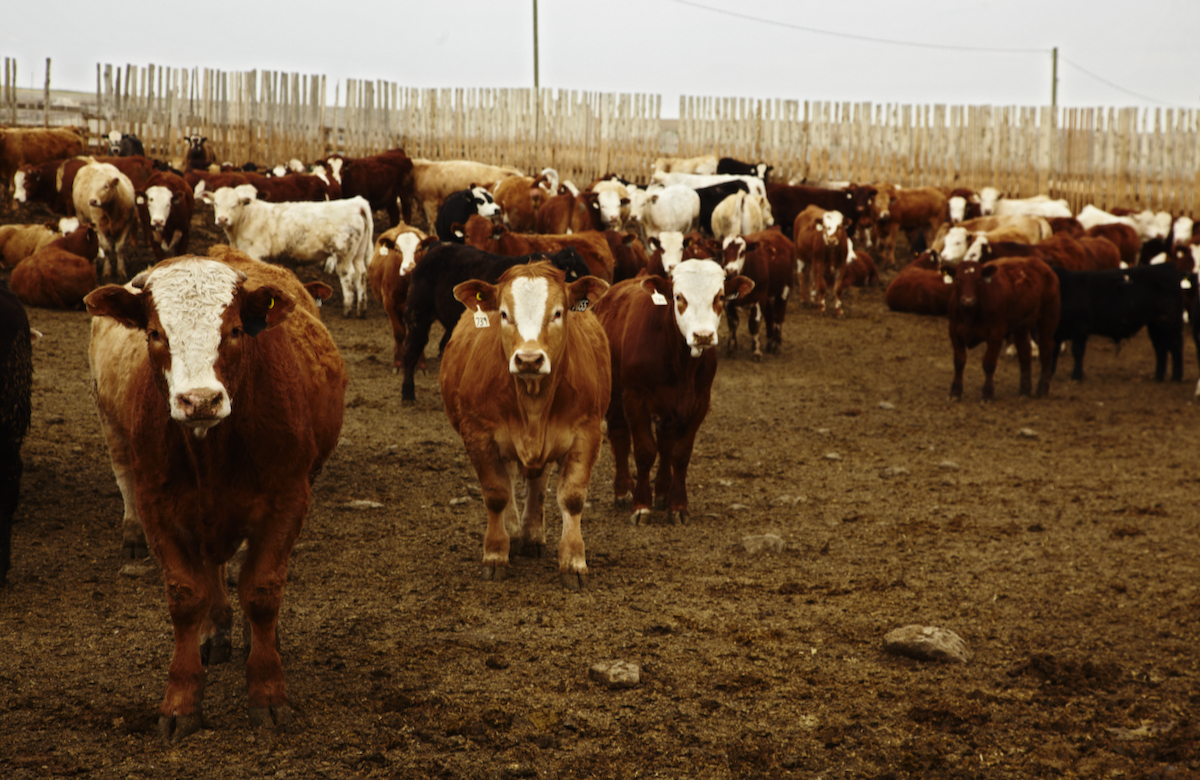The market for feeder cattle is becoming more established now that volumes have increased at most auction markets in Western Canada.
Feather-light steer calves under 400 pounds are regularly selling over $200 per hundredweight (cwt); however, heavier replacement cattle, 700 lbs. and heavier, are about $5-$8/cwt higher than year-ago levels. Alberta packers were buying fed cattle in the range of $118-$120/cwt last week, which is about $3/cwt above break-even for most pen closeouts.
I’m expecting break-even prices to decrease over the next month, given the weaker barley prices, while fed cattle values are projected to trade in a sideways range until November. The feeder market is expected to slowly trend higher in Western Canada as positive feeding margins materialize over the next couple of months.
Read Also

U.S. livestock: Cattle at fresh highs, hogs weaken
Cattle futures on the Chicago Mercantile Exchange climbed to fresh highs on Tuesday, as tight supplies and the ongoing closure…
A small group of exotic steers weighing 300 lbs. sold for $210/cwt in central Alberta last week; Angus-based steers weighing 550 lbs. were quoted at $170 in a Lethbridge-area feedlot. A group of 50 larger-frame Charolais-cross steers with medium flesh averaging just over 800 lbs. were quoted at $150/cwt just south of Calgary. Exotic heifers averaging 800 lbs. traded at $139 landed in southern Alberta.
U.S. wholesale choice beef prices were trading at $193/cwt, which is only $2/cwt above year-ago levels while select product was quoted at $178/cwt, down $2 in comparison to the same week last year.
In Western Canada, I’m not hearing of significant heifer retention despite the lower feed grain prices and plentiful forage supplies. Heifer volumes through the auction rings are similar to last year’s. Feeder cattle exports to the U.S are running 78 per cent higher in comparison to 2012 and this trend is expected to continue, given the stronger prices south of the border. Heifer retention is occurring in the U.S., thereby lowering feeder cattle availability. U.S. winter wheat seedings are expected to increase, so producers are gearing up for larger feeder cattle supplies on small grain pasture over the winter, which has also contributed to stronger feeder cattle demand.
Barley prices in southern Alberta are expected to grind lower as harvest progresses in Western Canada. Yield reports suggest the Canadian barley crop will finish in the range of 9.4 to 9.6 million tonnes, compared to the Statistics Canada August survey of 8.8 million. Aggressive offers for U.S. corn are weighing on local feed grain prices and Thursday’s U.S. Department of Agriculture report was also considered bearish for corn and barley.
— Jerry Klassen is a commodity market analyst in Winnipeg and maintains an interest in the family feedlot in southern Alberta. He writes an in-depth biweekly commentary, Canadian Feedlot and Cattle Market Analysis, for feedlot operators in Canada. He can be reached by email at [email protected] for questions or comments.















